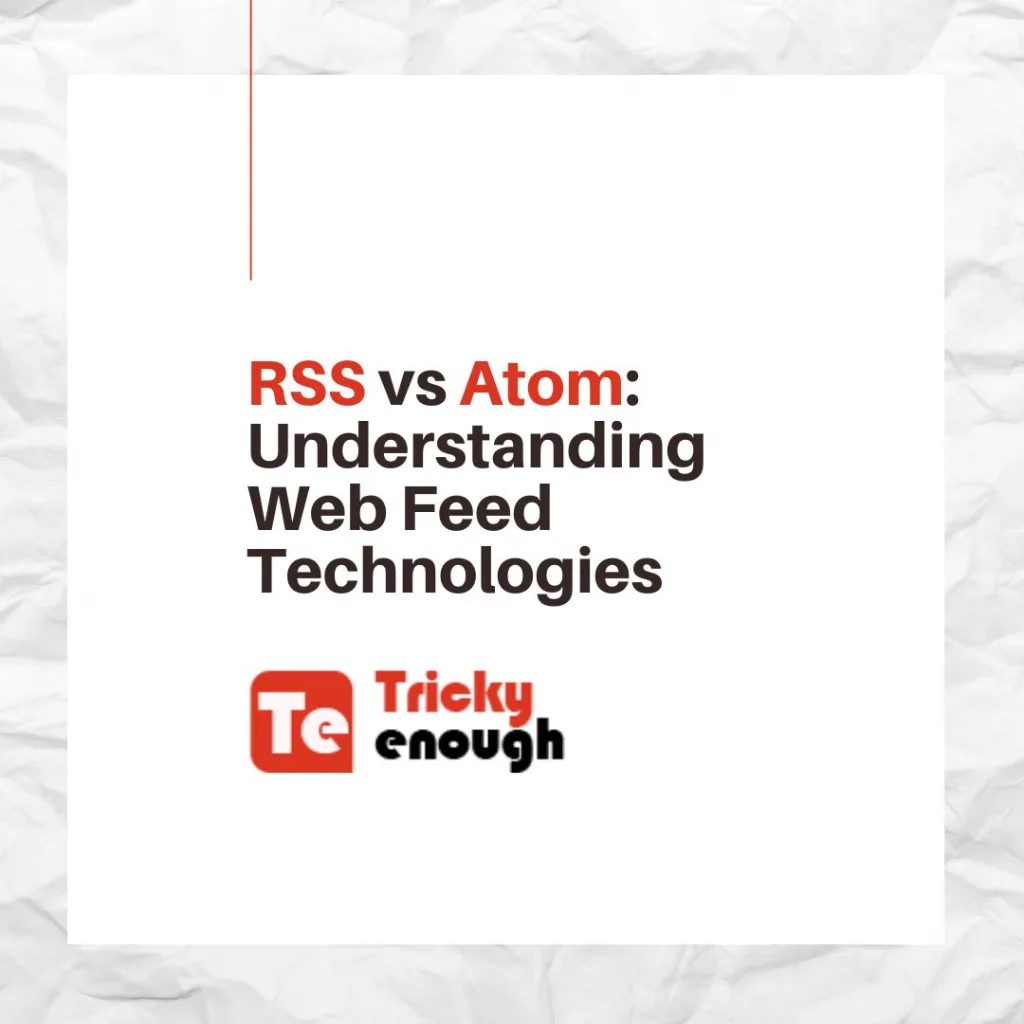Sidhak Verma
Myself Sidhak I am a student and a content writer. I share my ideas on social media and finding ways of earning money online on the internet.
Have you ever wished you could get your favourite blog updates, news stories, or podcasts in one spot rather than visiting each...

Image Credits: canva
Have you ever wished you could get your favourite blog updates, news stories, or podcasts in one spot rather than visiting each website separately? This is where web feed technologies like RSS (Really Simple Syndication) and Atom come in. They streamline content delivery and make it easier for people to stay informed. But what precisely are RSS vs Atom, and how are they different? In this post, we’ll look at their structures, benefits, and differences to help you understand these essential tools for content syndication.
RSS (Really Simple Syndication) is a web feed technology that allows users to receive updates straight from websites. It enables users to subscribe to content that is important to them, saving them the time and effort of visiting each site individually.
RSS feeds are structured and transmitted using XML (eXtensible Markup Language). Each feed contains:
To subscribe to an RSS feed:
Atom is a modern web feed format that aims to solve some of the limitations of RSS. It prioritizes extensibility, consistency, and adaptability, making it the ideal alternative for more complex content syndication requirements.
Like RSS, Atom uses XML to encode data. Its structure includes:
Atom’s extensibility is its strongest feature. Namespaces allow content creators to customize feeds and include metadata that is relevant to their needs, such as podcast episodes or multimedia assets.
Subscribing to Atom feeds is similar to RSS:
| Aspect | RSS | Atom |
| History | Older, widely adopted | Newer, designed to address RSS gaps |
| Structure | Simpler | Strict XML compliance and extensibility |
| Customization | Limited | Highly flexible |
| Adoption | Popular for blogs and news | Favored for modern and multimedia uses |
RSS and Atom are powerful tools for sharing content and staying updated. While RSS is simple and widely compatible, Atom is flexible and extensible for modern web demands. Choosing the appropriate format is determined by your objectives and target audience. Both technologies contribute significantly to the web’s accessibility and efficiency.